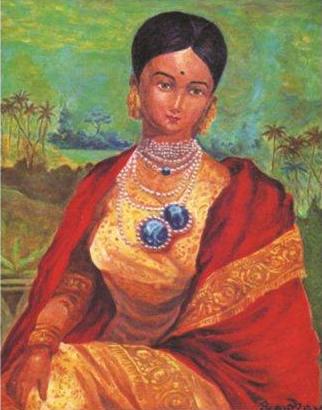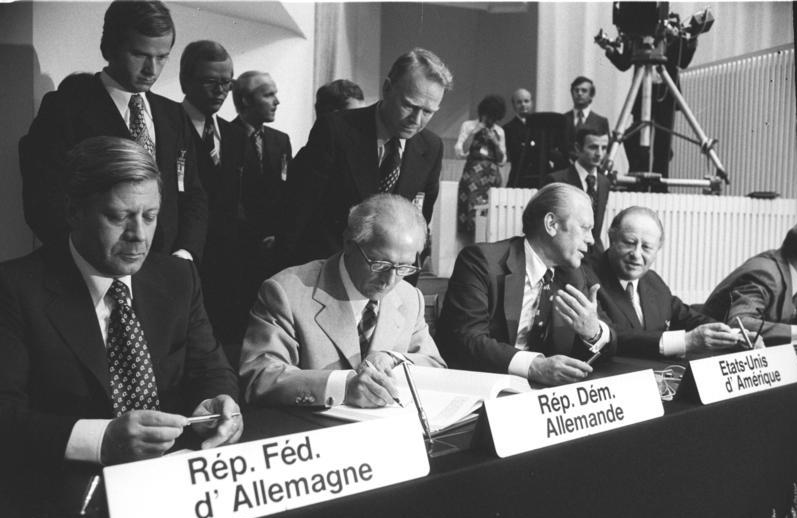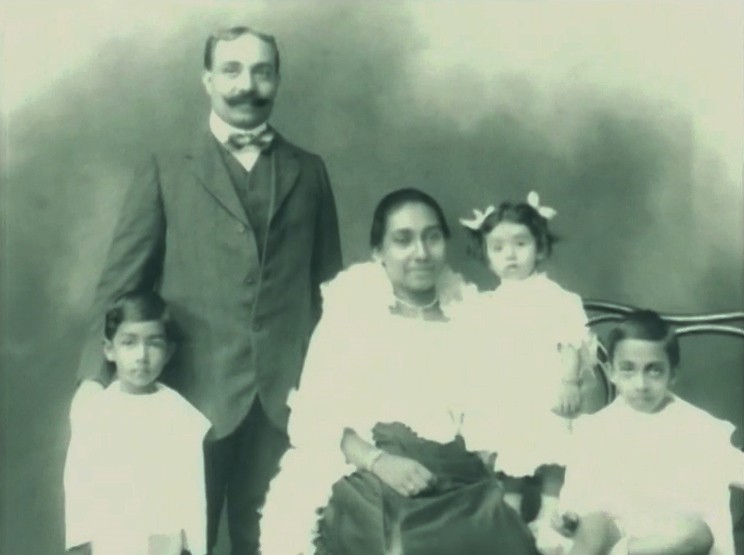|
Visakha Wijeyeratne
Visakha Wijeyeratne ( Sinhala: ''විශාකා විජයරත්න'', née Bulankulame) (17 March 1935 – 13 April 1999) was a Sri Lankan artist, painter, sculptor, writer and social worker. Her husband, Tissa Wijeyeratne, was a politician, diplomat, barrister and businessman. Early days Visakha Wijeyeratne was born at Sirimedura, Horton Place Colombo 7 to Dr Edmund Ashoka Bulankulame and Ivy Dunuwille Senenayake. Her father was one of the first Ceylonese medical doctors to pass out from the prestigious University of Edinburgh in Scotland. The Bulankulame family were custodians of the Atamasthana and Dr Bulankulame held the high post of Atamasthana Nilame (chief lay custodian of Atamasthana) for a short term on behalf of his brother. Her mother, Ivy Dunuwille Senanayake, was the eldest daughter of D S Senanayake’s older brother, D C (Don Charles) Senanayake. She was the fourth in a family of seven and spent her childhood in Anuradhapura. Education She schooled ... [...More Info...] [...Related Items...] OR: [Wikipedia] [Google] [Baidu] |
Colombo
Colombo ( ; si, කොළඹ, translit=Koḷam̆ba, ; ta, கொழும்பு, translit=Koḻumpu, ) is the executive and judicial capital and largest city of Sri Lanka by population. According to the Brookings Institution, Colombo metropolitan area has a population of 5.6 million, and 752,993 in the Municipality. It is the financial centre of the island and a tourist destination. It is located on the west coast of the island and adjacent to the Greater Colombo area which includes Sri Jayawardenepura Kotte, the legislative capital of Sri Lanka, and Dehiwala-Mount Lavinia. Colombo is often referred to as the capital since Sri Jayawardenepura Kotte is itself within the urban/suburban area of Colombo. It is also the administrative capital of the Western Province and the district capital of Colombo District. Colombo is a busy and vibrant city with a mixture of modern life, colonial buildings and monuments. Due to its large harbour and its strategic position along th ... [...More Info...] [...Related Items...] OR: [Wikipedia] [Google] [Baidu] |
Goethe Institute
The Goethe-Institut (, GI, en, Goethe Institute) is a non-profit German cultural association operational worldwide with 159 institutes, promoting the study of the German language abroad and encouraging international cultural exchange and relations. Around 246,000 people take part in these German courses per year. The Goethe-Institut fosters knowledge about Germany by providing information on German culture, society and politics. This includes the exchange of films, music, theatre, and literature. Goethe cultural societies, reading rooms, and examination and language centres have played a role in the cultural and educational policies of Germany for more than 60 years. It is named after German poet and statesman Johann Wolfgang von Goethe. The Goethe-Institut e.V. is autonomous and politically independent. Partners of the institute and its centres are public and private cultural institutions, the German federal states, local authorities and the world of commerce. Much of ... [...More Info...] [...Related Items...] OR: [Wikipedia] [Google] [Baidu] |
Pablo Neruda
Ricardo Eliécer Neftalí Reyes Basoalto (12 July 1904 – 23 September 1973), better known by his pen name and, later, legal name Pablo Neruda (; ), was a Chilean poet-diplomat and politician who won the 1971 Nobel Prize in Literature. Neruda became known as a poet when he was 13 years old, and wrote in a variety of styles, including surrealist poems, historical epics, overtly political manifestos, a prose autobiography, and passionate love poems such as the ones in his collection ''Twenty Love Poems and a Song of Despair'' (1924). Neruda occupied many diplomatic positions in various countries during his lifetime and served a term as a Senator for the Chilean Communist Party. When President Gabriel González Videla outlawed communism in Chile in 1948, a warrant was issued for Neruda's arrest. Friends hid him for months in the basement of a house in the port city of Valparaíso, and in 1949 he escaped through a mountain pass near Maihue Lake into Argentina; he would not retu ... [...More Info...] [...Related Items...] OR: [Wikipedia] [Google] [Baidu] |
Helmut Schmidt
Helmut Heinrich Waldemar Schmidt (; 23 December 1918 – 10 November 2015) was a German politician and member of the Social Democratic Party of Germany (SPD), who served as the chancellor of West Germany from 1974 to 1982. Before becoming Chancellor, he served as the minister of defence (1969–1972) and the minister of finance (1972–1974) in the government of Willy Brandt. In the latter role he gained credit for his financial policies. He had also briefly been Minister of Economics and as acting Foreign Minister. As Chancellor, he focused on international affairs, seeking "political unification of Europe in partnership with the United States" and issuing proposals that led to the NATO Double-Track Decision in 1979 to deploy US Pershing II missiles to Europe. He was an energetic diplomat who sought European co-operation and international economic co-ordination and was the leading force in creating the European Monetary System in 1978. He was re-elected chancellor in 1976 and ... [...More Info...] [...Related Items...] OR: [Wikipedia] [Google] [Baidu] |
John N
John is a common English name and surname: * John (given name) * John (surname) John may also refer to: New Testament Works * Gospel of John, a title often shortened to John * First Epistle of John, often shortened to 1 John * Second Epistle of John, often shortened to 2 John * Third Epistle of John, often shortened to 3 John People * John the Baptist (died c. AD 30), regarded as a prophet and the forerunner of Jesus Christ * John the Apostle (lived c. AD 30), one of the twelve apostles of Jesus * John the Evangelist, assigned author of the Fourth Gospel, once identified with the Apostle * John of Patmos, also known as John the Divine or John the Revelator, the author of the Book of Revelation, once identified with the Apostle * John the Presbyter, a figure either identified with or distinguished from the Apostle, the Evangelist and John of Patmos Other people with the given name Religious figures * John, father of Andrew the Apostle and Saint Peter * Pope J ... [...More Info...] [...Related Items...] OR: [Wikipedia] [Google] [Baidu] |
Paris
Paris () is the capital and most populous city of France, with an estimated population of 2,165,423 residents in 2019 in an area of more than 105 km² (41 sq mi), making it the 30th most densely populated city in the world in 2020. Since the 17th century, Paris has been one of the world's major centres of finance, diplomacy, commerce, fashion, gastronomy, and science. For its leading role in the arts and sciences, as well as its very early system of street lighting, in the 19th century it became known as "the City of Light". Like London, prior to the Second World War, it was also sometimes called the capital of the world. The City of Paris is the centre of the Île-de-France region, or Paris Region, with an estimated population of 12,262,544 in 2019, or about 19% of the population of France, making the region France's primate city. The Paris Region had a GDP of €739 billion ($743 billion) in 2019, which is the highest in Europe. According to the Economist Intelli ... [...More Info...] [...Related Items...] OR: [Wikipedia] [Google] [Baidu] |
Kensington
Kensington is a district in the Royal Borough of Kensington and Chelsea in the West End of London, West of Central London. The district's commercial heart is Kensington High Street, running on an east–west axis. The north-east is taken up by Kensington Gardens, containing the Albert Memorial, the Serpentine Gallery and John Hanning Speke, Speke's monument. South Kensington and Gloucester Road, London, Gloucester Road are home to Imperial College London, the Royal College of Music, the Royal Albert Hall, Natural History Museum, London, Natural History Museum, Victoria and Albert Museum, and Science Museum, London, Science Museum. The area is also home to many embassies and consulates. Name The Manorialism, manor of ''Chenesitone'' is listed in the Domesday Book of 1086, which in the Old English language, Anglo-Saxon language means "Chenesi's List of generic forms in place names in Ireland and the United Kingdom, ton" (homestead/settlement). One early spelling is ''Kesyngton ... [...More Info...] [...Related Items...] OR: [Wikipedia] [Google] [Baidu] |
Commonwealth Institute
The Commonwealth Education Trust is a registered charity established in 2007 as the successor trust to the Commonwealth Institute. The trust focuses on primary and secondary education and the training of teachers and invests on educational products and services to achieve both a beneficial and a financial reward to fund future charitable initiatives. History The Commonwealth Institute was an educational and cultural organisation promoting the Commonwealth of Nations that was based in Kensington, London. It was established, as the Imperial Institute, by royal charter from Queen Victoria in 1888 on Imperial Institute Road (now Imperial College Road). Its name was changed to the Commonwealth Institute in 1958 and it moved to Kensington High Street in 1962. By statute, the operations were the responsibility of a Minister of State from 1902 to 2003 and the property occupied for the purposes of the Institute, and of the same name, was held separately by Trustees as a charity asset ... [...More Info...] [...Related Items...] OR: [Wikipedia] [Google] [Baidu] |
Junius Richard Jayewardene
Junius Richard Jayewardene ( si, ජුනියස් රිචඩ් ජයවර්ධන, ta, ஜூனியஸ் ரிச்சட் ஜயவர்தனா; 17 September 1906 – 1 November 1996), commonly abbreviated in Sri Lanka as J.R., was the leader of Sri Lanka from 1977 to 1989, serving as Prime Minister from 1977 to 1978 and as the second President of Sri Lanka from 1978 to 1989. He was a leader of the nationalist movement in Ceylon (now Sri Lanka) who served in a variety of cabinet positions in the decades following independence. A longtime member of the United National Party, he led it to a landslide victory in 1977 and served as Prime Minister for half a year before becoming the country's first executive president under an amended constitution. A controversial figure in the history of Sri Lanka, while the open economic system he introduced in 1978 brought the country out of the economic turmoil Sri Lanka was facing as the result of the preceding closed ... [...More Info...] [...Related Items...] OR: [Wikipedia] [Google] [Baidu] |
Mona Lisa
The ''Mona Lisa'' ( ; it, Gioconda or ; french: Joconde ) is a half-length portrait painting by Italian artist Leonardo da Vinci. Considered an archetypal masterpiece of the Italian Renaissance, it has been described as "the best known, the most visited, the most written about, the most sung about, the most parodied work of art in the world". The painting's novel qualities include the subject's enigmatic expression, the monumentality of the composition, the subtle modelling of forms, and the atmospheric illusionism. The painting has been definitively identified to depict Italian noblewoman Lisa Gherardini, the wife of Francesco del Giocondo. It is painted in oil on a white Lombardy poplar panel. Leonardo never gave the painting to the Giocondo family, and later it is believed he left it in his will to his favored apprentice Salaì. It had been believed to have been painted between 1503 and 1506; however, Leonardo may have continued working on it as late as 1517. It was ... [...More Info...] [...Related Items...] OR: [Wikipedia] [Google] [Baidu] |
Sri Vikrama Rajasinha Of Kandy
Sri Vikrama Rajasinha ( Sinhala:ශ්රී වික්රම රාජසිංහ, Tamil:ஸ்ரீ விக்கிரம ராஜசிங்க; 1780 – January 30, 1832, born Kannasamy Nayaka) was the last of four Kings to rule the last Sinhalese monarchy of the Kingdom of Kandy in Sri Lanka. The Nayak Kings were of Telugu origin and practiced Shaivite Hinduism and were patrons of Theravada Buddhism. The Nayak rulers played a huge role in reviving Buddhism in the island. They spoke Telugu and Tamil, and used Tamil as the court language in Kandy alongside Sinhala. The King was eventually deposed by the British government under the terms of the Kandyan Convention in 1815, ending over 2,300 years of domination by the Sinhalese crown on the island. The island was incorporated into the British Empire, and Sri Vikrama Rajasinha was succeeded by George III, as monarch of British Ceylon. Early life Prior to his coronation in 1798, Sri Vikrama Rajasinha was kn ... [...More Info...] [...Related Items...] OR: [Wikipedia] [Google] [Baidu] |
Ananda Coomaraswamy
Ananda Kentish Muthu Coomaraswamy ( ta, ஆனந்த குமாரசுவாமி, ''Ānanda Kentiś Muthū Kumāraswāmī''; si, ආනන්ද කුමාරස්වාමි ''Ānanda Kumārasvāmī''; 22 August 1877 − 9 September 1947) was a Ceylonese metaphysician, historian and a philosopher of Indian art who was an early interpreter of Indian culture to the West. In particular, he is described as "the groundbreaking theorist who was largely responsible for introducing ancient Indian art to the West". Life Ananda Kentish Coomaraswamy was born in Colombo, British Ceylon, now Sri Lanka, to the Ceylon Tamil legislator and philosopher Sir Muthu Coomaraswamy of the Ponnambalam–Coomaraswamy family and his English wife Elizabeth Beeby. His father died when Ananda was two years old, and Ananda spent much of his childhood and education abroad. Coomaraswamy moved to England in 1879 and attended Wycliffe College, a preparatory school in Stroud, Gloucestershire, a ... [...More Info...] [...Related Items...] OR: [Wikipedia] [Google] [Baidu] |











